Triumph Motorcycles
My contribution to Speed 400 and Scrambler 400 X
As part of the engineering team at Triumph, I worked on the development of the Speed 400 and Scrambler 400 X, two landmark models that represent Triumph’s foray into the modern classic small-displacement segment.
My key contributions included:
- Chassis Engineering: Optimized suspension geometry for both on-road agility (Speed 400) and off-road stability (Scrambler 400 X).
- Component Integration: Coordinated cross-functional efforts to align suspension, braking, and electronic systems across both models.
- 3D CAD & Production Drawings: Developed detailed 3D models and production-ready 2D drawings using Siemens NX and Teamcenter, ensuring manufacturability with correct GD&T practices.
- Suspension Vendor Collaboration: Worked with suspension suppliers across development stages—DFM reviews, prototyping, testing, and validation of front forks and rear shock absorbers.
- Testing & Validation: Conducted track and road tests under varied terrain and load conditions to fine-tune suspension behavior and validate vehicle dynamics.
- Design Collaboration: Partnered with the industrial design team to maintain Triumph’s legacy styling while achieving ergonomic and dynamic performance goals.
These motorcycles are built on an all-new platform, combining heritage-inspired design with cutting-edge technology. They maintain Triumph’s legacy while making the brand accessible to a new generation of riders.
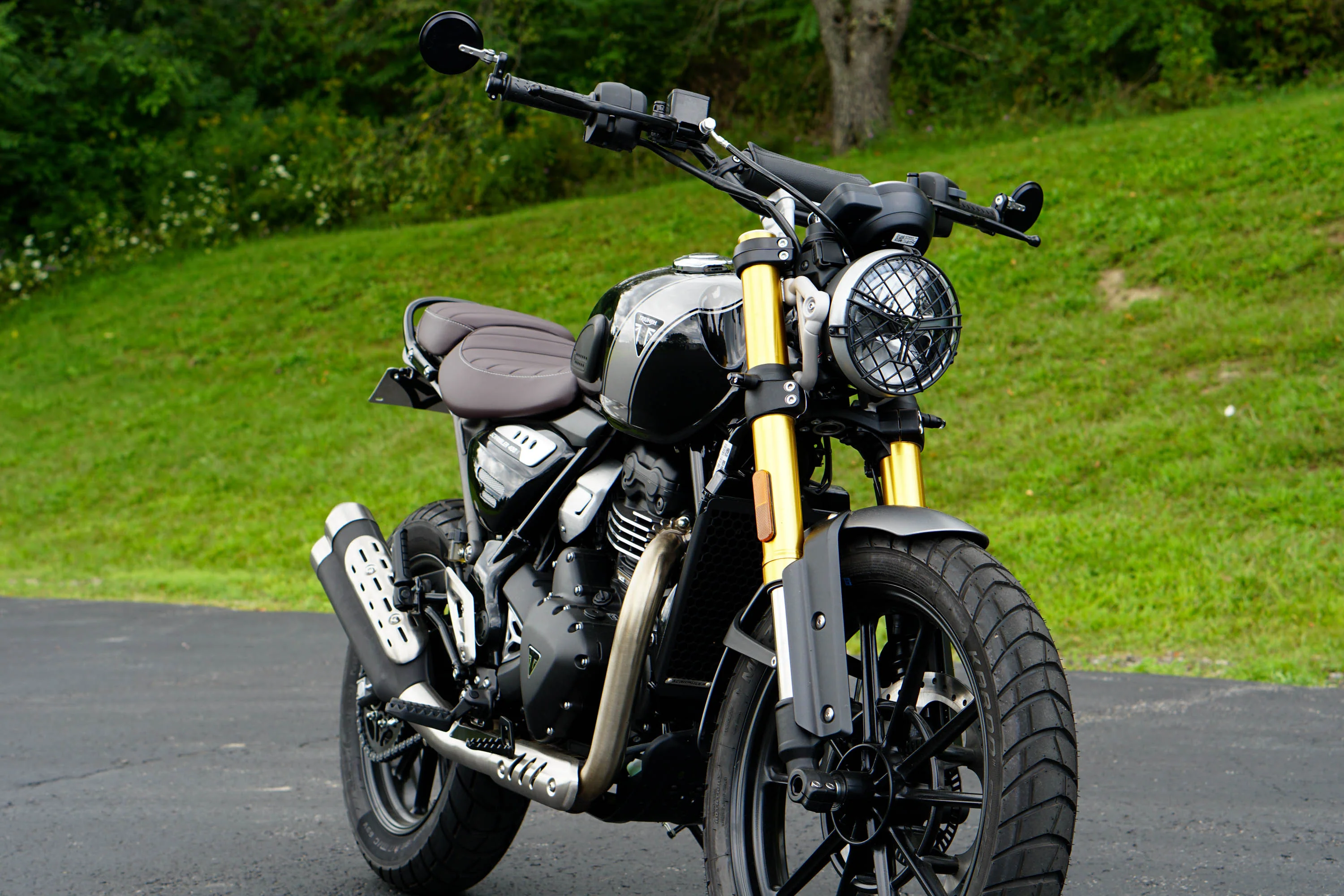
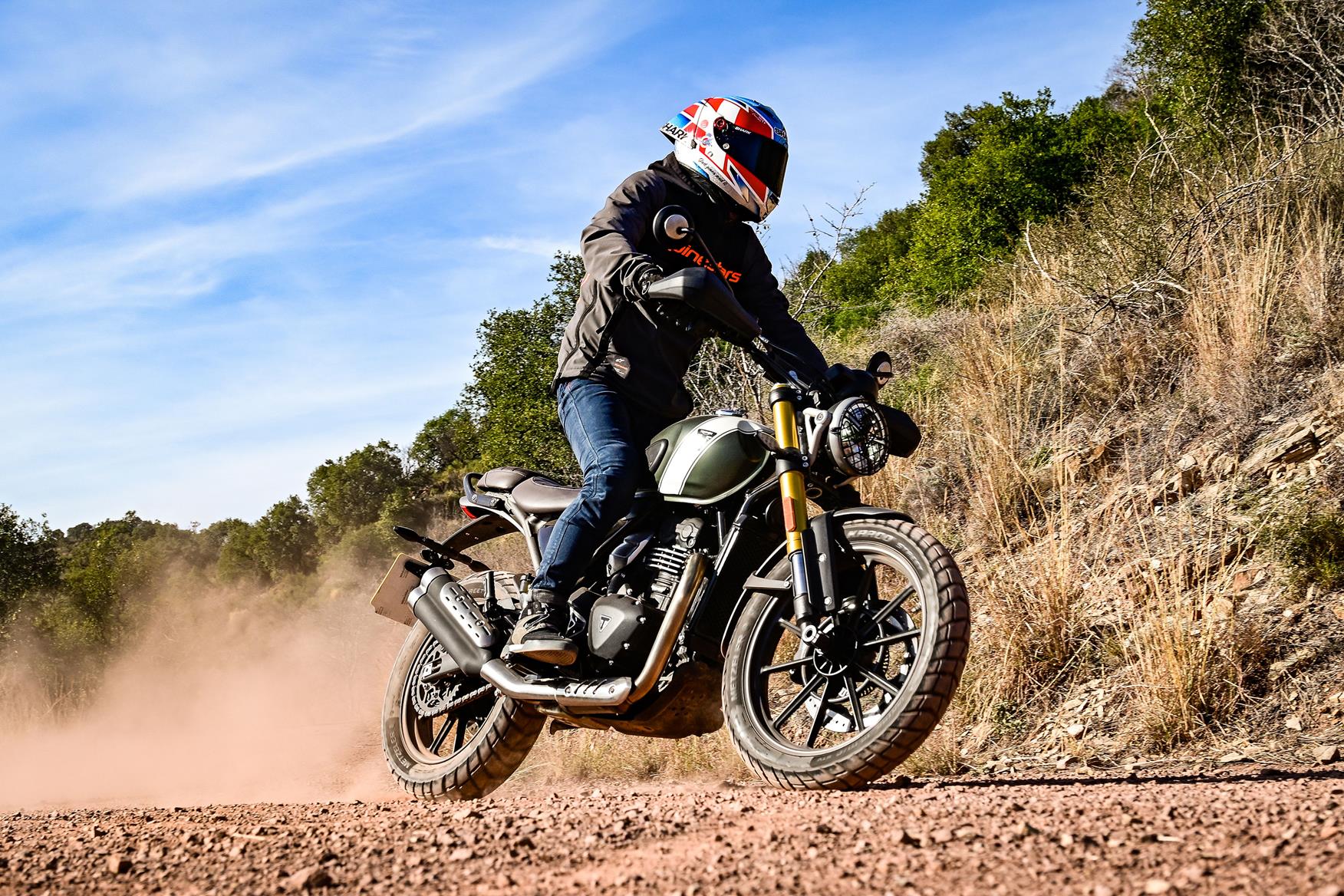
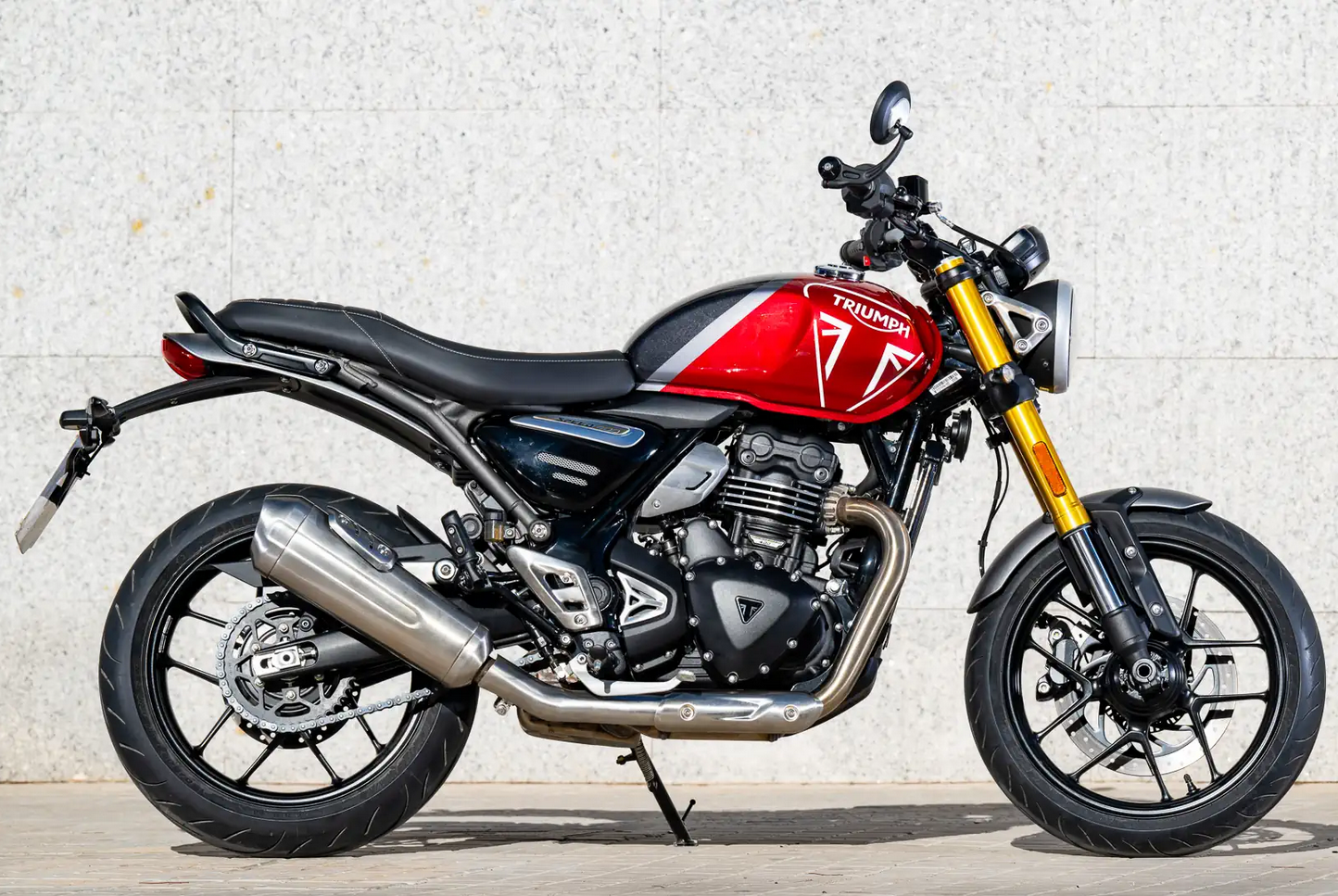
Between long hours in the workshop and field testing in varied terrain, the project demanded deep technical involvement and creative problem-solving.
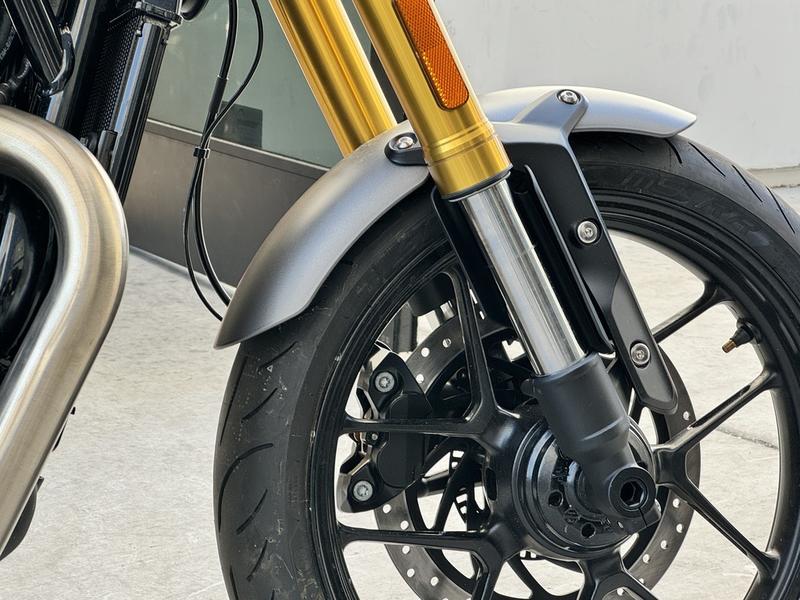
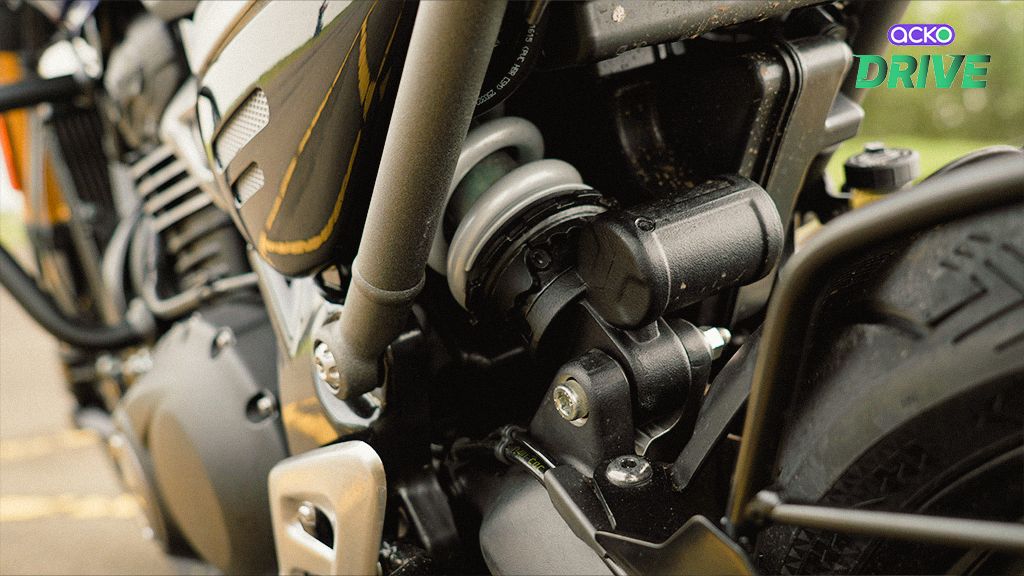
The Speed 400 and Scrambler 400 X launched to critical acclaim, praised for their balance, accessibility, and unmistakable Triumph DNA.